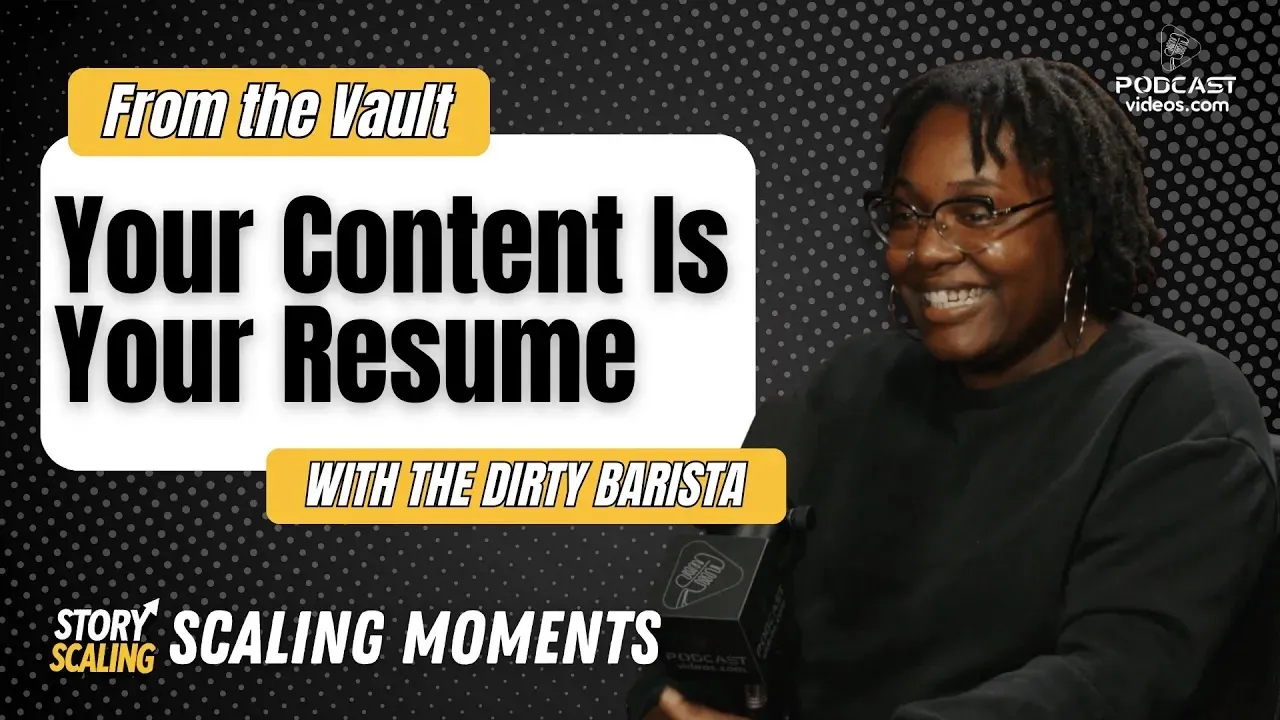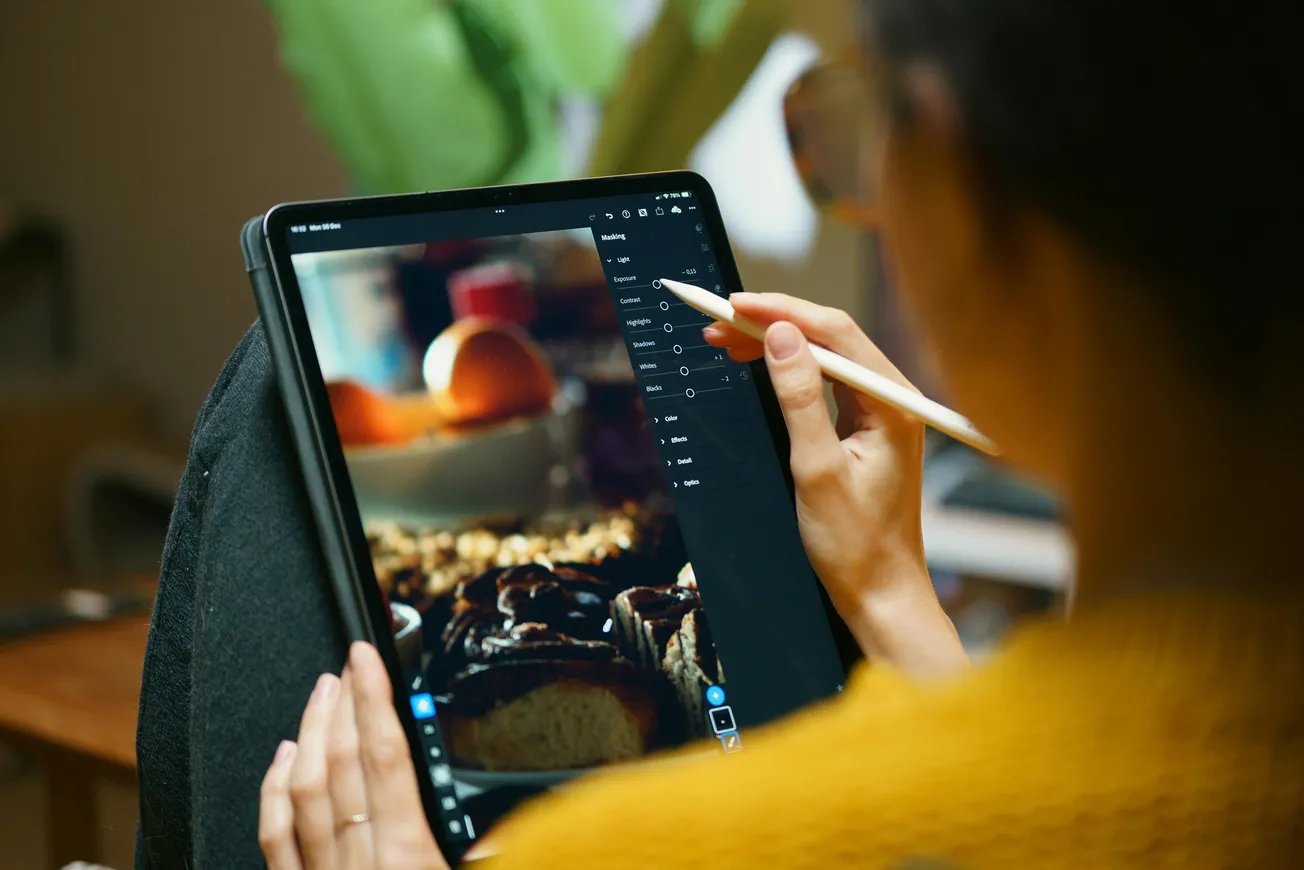In a landmark announcement, YouTube revealed that it paid over $8 billion to the music industry in the 12‑month period from July 2024 to June 2025.
This marks a significant leap from prior years (for example ~$6 billion in earlier periods) and underscores the growing financial muscle of video platforms in the creator economy.
A “twin‑engine” model driving growth
YouTube attributes this surge to what it calls its “twin‑engine” model — revenue generated via a mix of advertising (free/ ad‑supported content) and subscriptions (YouTube Music, YouTube Premium) that benefits artists, songwriters, and publishers.
For creators and small businesses producing audio and video content, this trend signals two key things:
- Video platforms are increasingly lucrative, not just for traditional music artists but for anyone building multimedia content.
- A diversified revenue model (ads + subscriptions) is becoming the standard rather than the exception.
What it means for you (podcasters, video creators, businesses)
- Video matters more than ever: If you have only been thinking “audio podcast,” now is a strong signal that adding video or visual‑component could unlock new monetization or visibility paths.
- Platform strategy shift: Platforms like YouTube are no longer secondary to audio‑only services. The investment and revenue flow indicate creators should treat video channels as core.
- Rights‑ and repurposing‑aware production: The payout covers rights‑holders — artists, labels, publishers. For creators repurposing music, or layering video+audio content, clear licensing and smart repurposing matter.
- Audience reach + format diversity: With YouTube reporting “2 billion logged‑in users watch music videos each month” and over 125 million paid Music/Premium subscribers, the reach is massive. For content creators, building reach on that scale (via video) opens bigger possibilities.
Practical steps to leverage this trend
- Record your next episode or piece of content as both audio and video, even if minimal; create a visual version for platforms like YouTube.
- Think about your content rights: If you use music, clips, or B‑roll, ensure you have the licensing or clearance so you benefit from revenue opportunities rather than getting flagged.
- Consider your distribution strategy: upload full‑length content to video platforms, then pull short‑form clips (30–60 sec) for social to drive traffic back.
- Monitor your metrics: watch retention, click‑through, subscription conversions (if any), to see what formats and platforms are driving real value.
Conclusion
YouTube’s $8 billion payout is more than a headline—it signals the shift of revenue, attention, and creator value into video‑enabled content and diversified monetization methods.
For creators and businesses using audio/video tools, this is a moment to rethink strategy: blend formats, diversify platforms, and treat video as a primary path, not a side channel.









